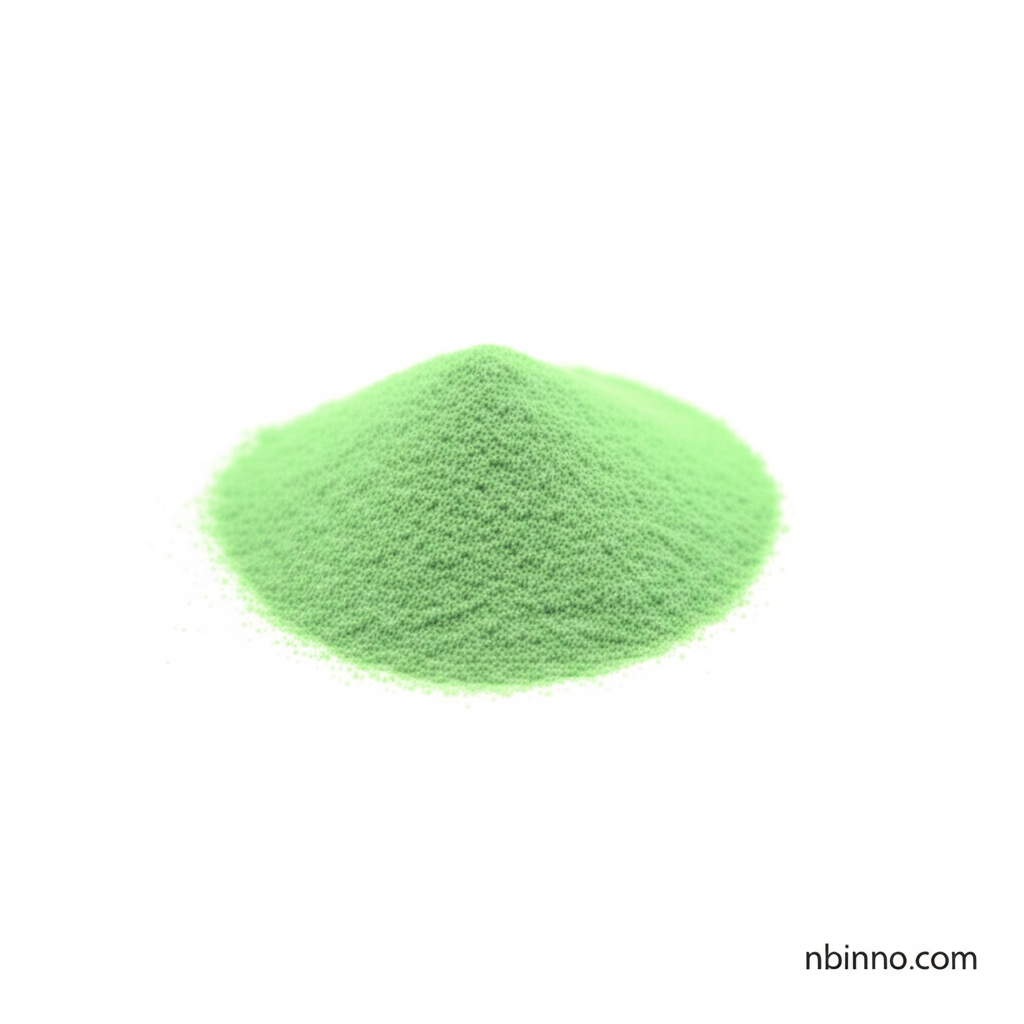4-Bromo-2-Cyanopyridine: A Key Intermediate for Advanced Synthesis
Discover the essential role of 4-Bromo-2-Cyanopyridine in modern chemistry. Explore its properties, applications in drug discovery and materials science, and understand why sourcing this vital compound from reliable Chinese manufacturers is a strategic advantage.
Get a Quote & SampleProduct Core Value

4-Bromo-2-Cyanopyridine
4-Bromo-2-Cyanopyridine stands as a pivotal organic synthesis intermediate, essential for advancing research and development in critical sectors like medicinal chemistry and materials science. Its unique molecular structure, featuring both a bromine atom and a cyano group on a pyridine ring, offers versatile reactivity. As a leading supplier in China, we are committed to providing high-quality 4-Bromo-2-Cyanopyridine that meets stringent industry standards, ensuring reliability and efficiency for your synthetic needs.
- Unlock new drug candidates through precise medicinal chemistry applications, leveraging the versatile reactivity of 4-Bromo-2-Cyanopyridine as a key building block in complex drug molecule synthesis.
- Innovate in materials science by incorporating 4-Bromo-2-Cyanopyridine into the development of functional polymer materials, potentially enhancing optoelectronic properties.
- Achieve efficient synthesis outcomes by utilizing this compound, understanding its key chemical properties and how they facilitate various chemical transformations.
- Explore competitive 4-bromo-2-cyanopyridine prices from trusted manufacturers in China, ensuring cost-effectiveness for your research and production scales.
Advantages You Gain
Enhanced Synthetic Versatility
The dual functionality of the bromine atom and cyano group in 4-Bromo-2-Cyanopyridine provides numerous reaction checkpoints, enabling intricate modifications and optimization of target molecules in pharmaceutical R&D and advanced materials development.
Reliable Quality from China
As a trusted 4-bromo-2-cyanopyridine manufacturer in China, we implement rigorous quality control protocols. Each batch undergoes thorough testing to guarantee consistent purity and performance, supporting your pursuit of excellent chemical synthesis results.
Facilitates Cutting-Edge Research
Whether for creating potential therapeutic drugs for cancer or neurological diseases, or for synthesizing advanced optoelectronic materials, 4-Bromo-2-Cyanopyridine serves as an indispensable component, driving innovation in frontier scientific fields.
Key Applications
Pharmaceutical Synthesis
As a cornerstone in drug creation, 4-Bromo-2-Cyanopyridine allows for the introduction of diverse functional groups, facilitating the synthesis of compounds with specific pharmacological activities, crucial for developing new medicines.
Materials Science Innovation
In materials science, this compound aids in the synthesis of functional polymer materials, potentially offering unique optical and electrical properties vital for advanced applications like Organic Light Emitting Diodes (OLEDs).
Agrochemical Development
The reactivity of 4-Bromo-2-Cyanopyridine makes it a valuable intermediate in the synthesis of pesticides and other agrochemicals, contributing to advancements in crop protection and agricultural productivity.
Research and Development
Widely used in laboratory settings, it serves as a fundamental building block for a broad spectrum of organic compounds, supporting ongoing scientific research and the discovery of novel chemical entities.
